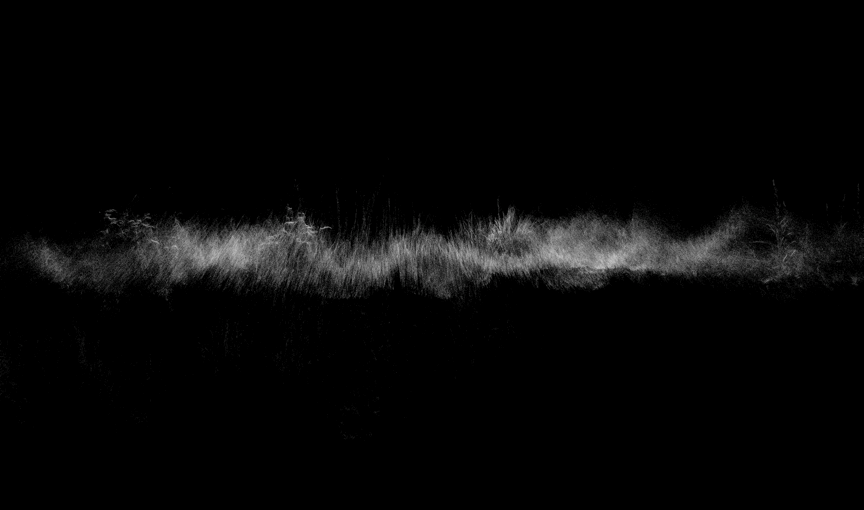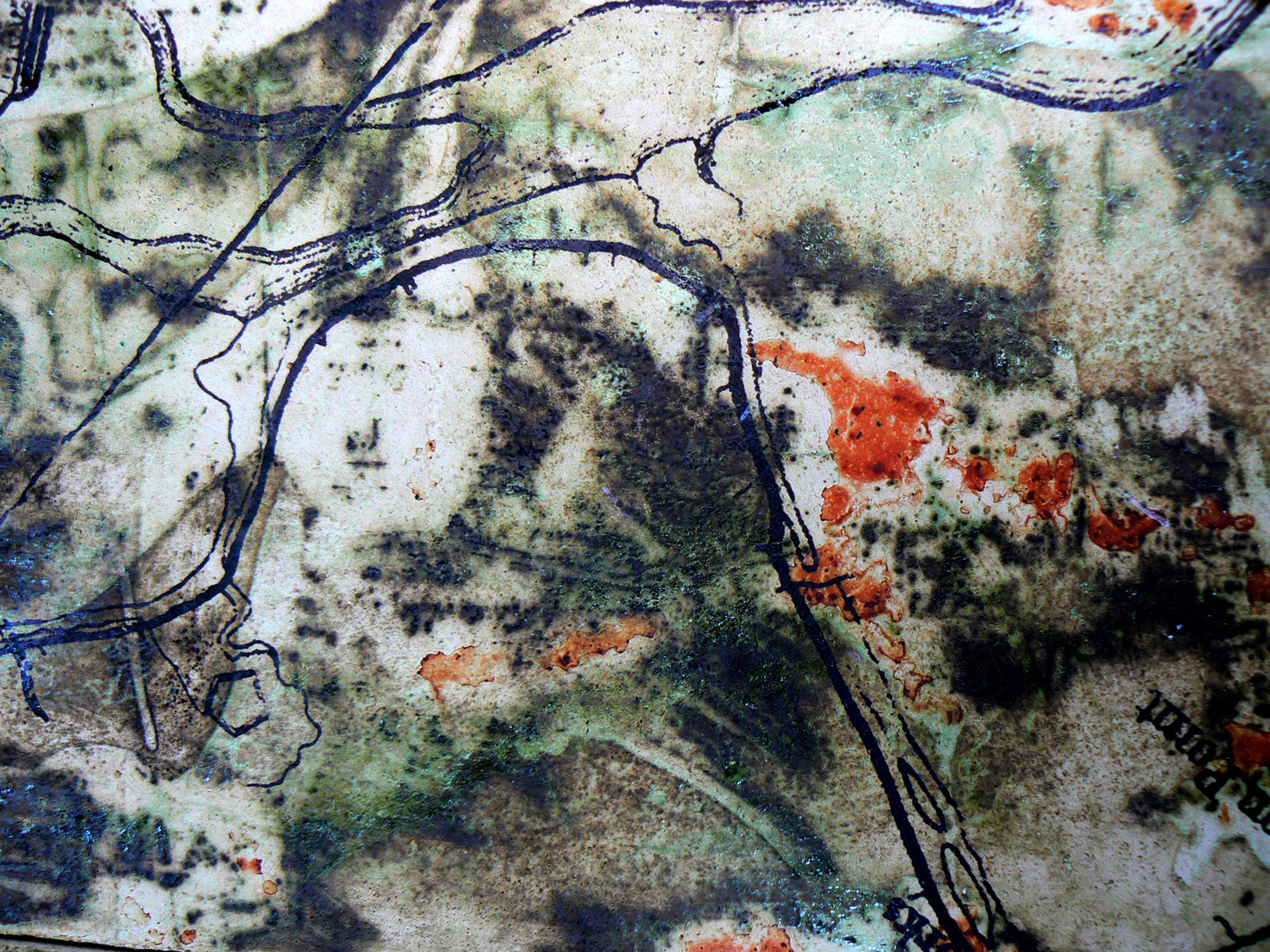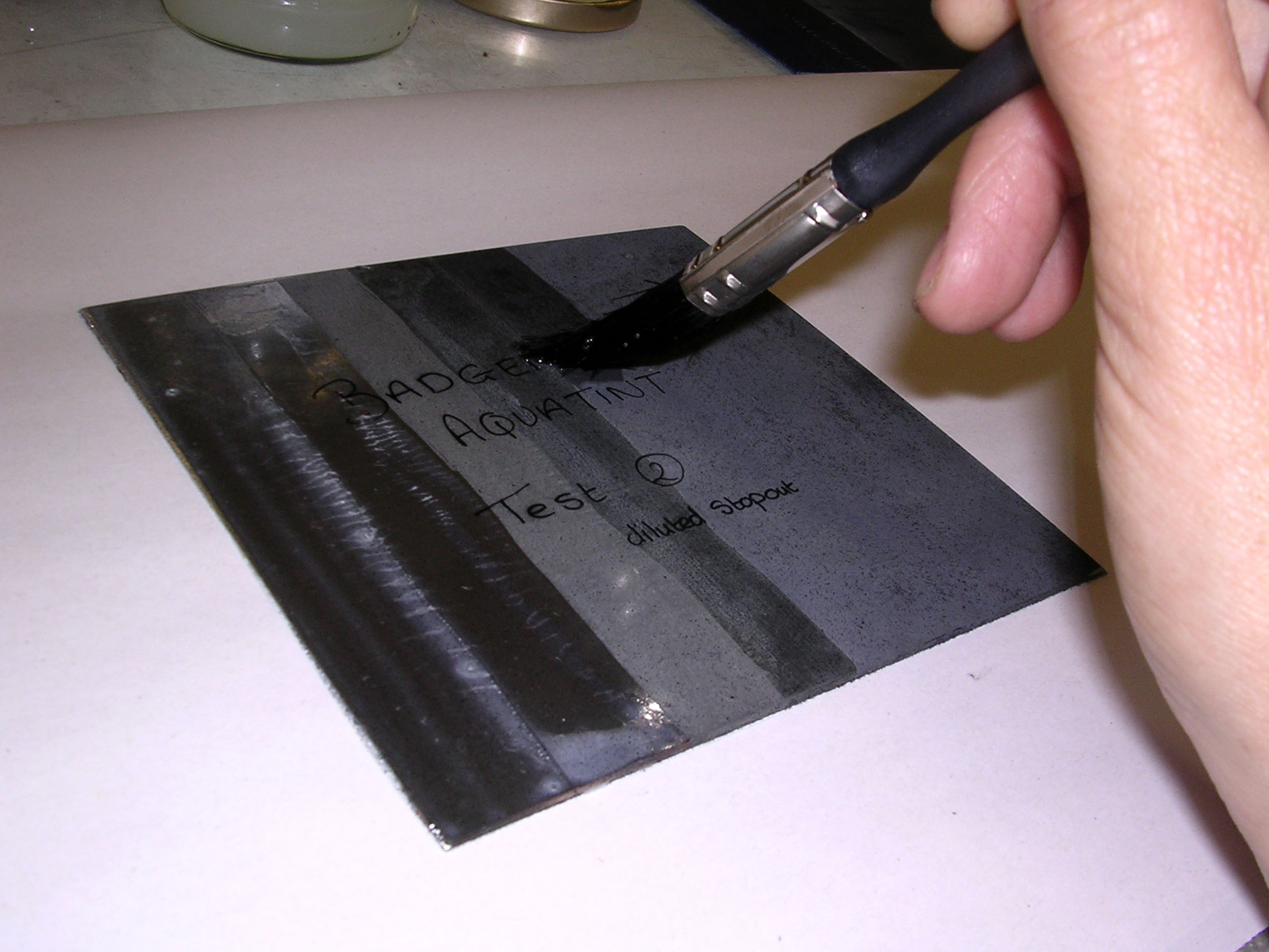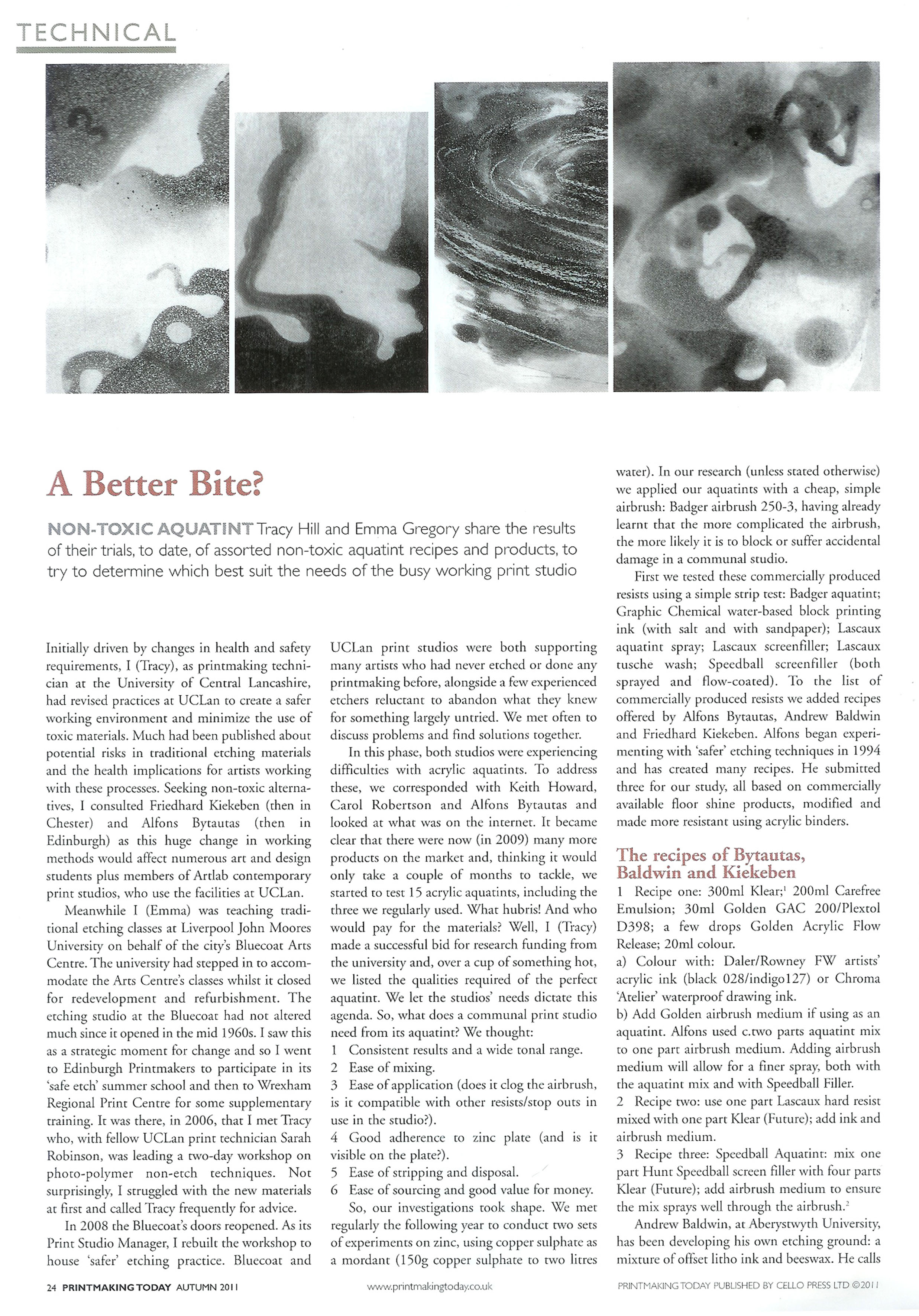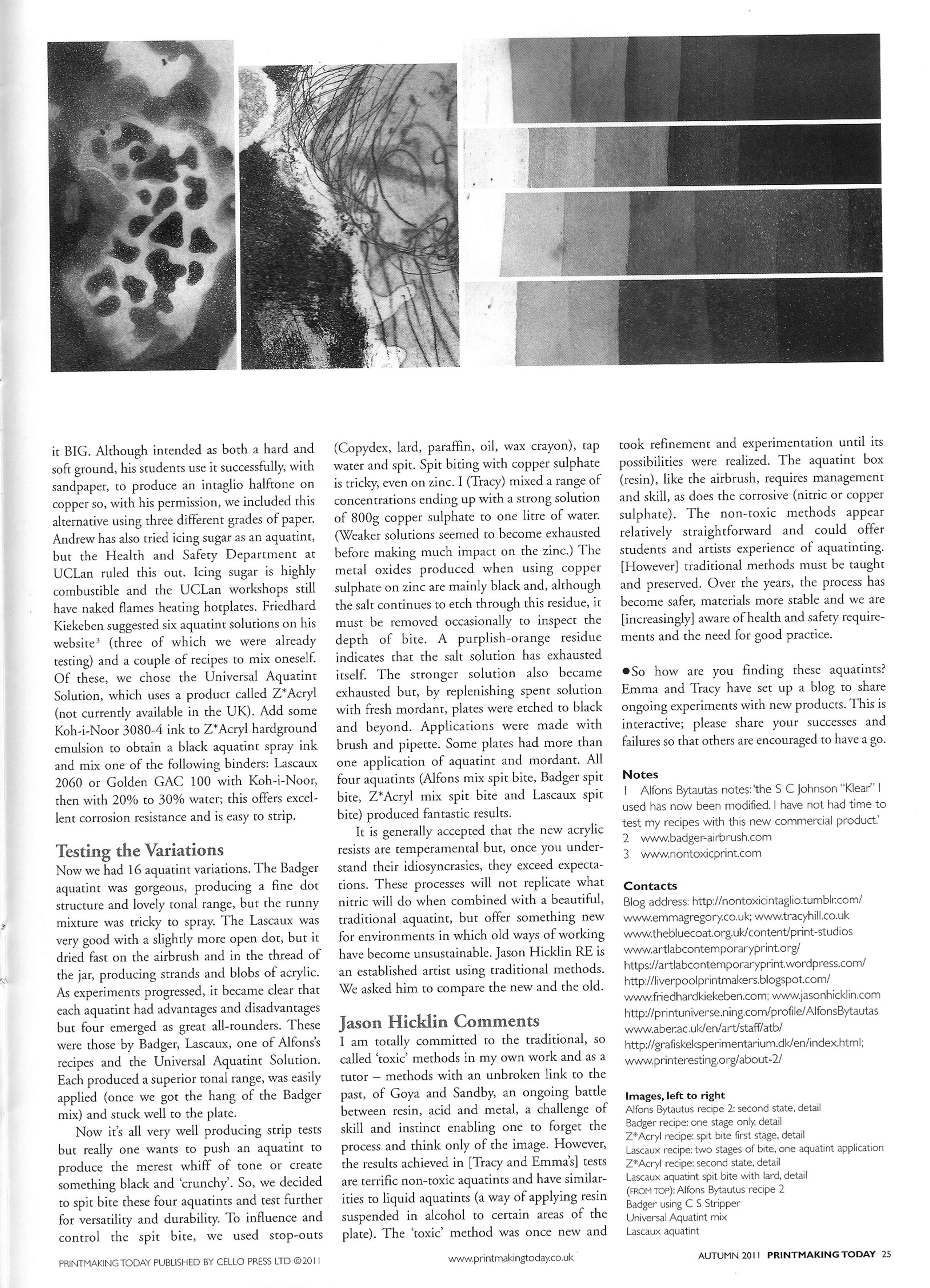Publications, Articles & Papers





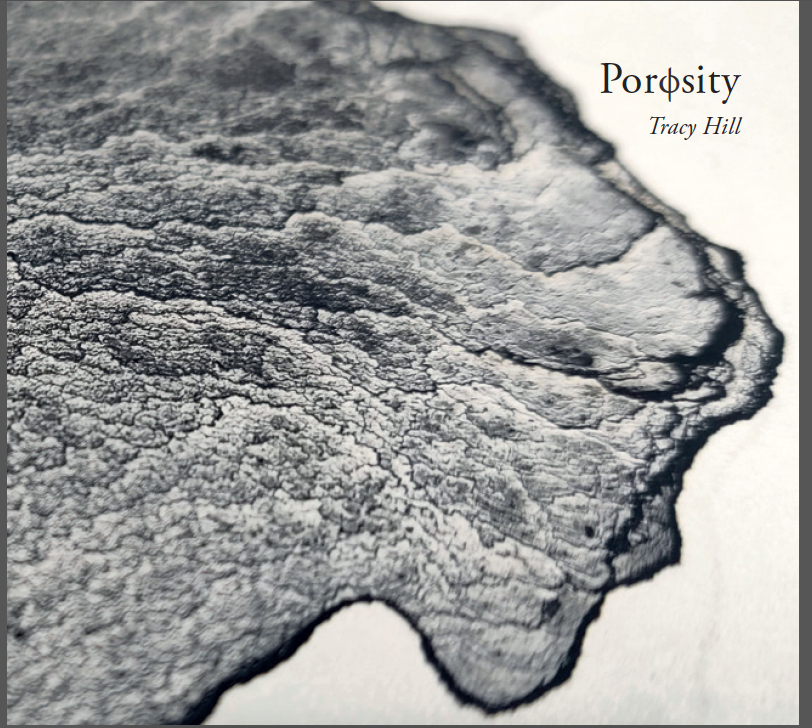




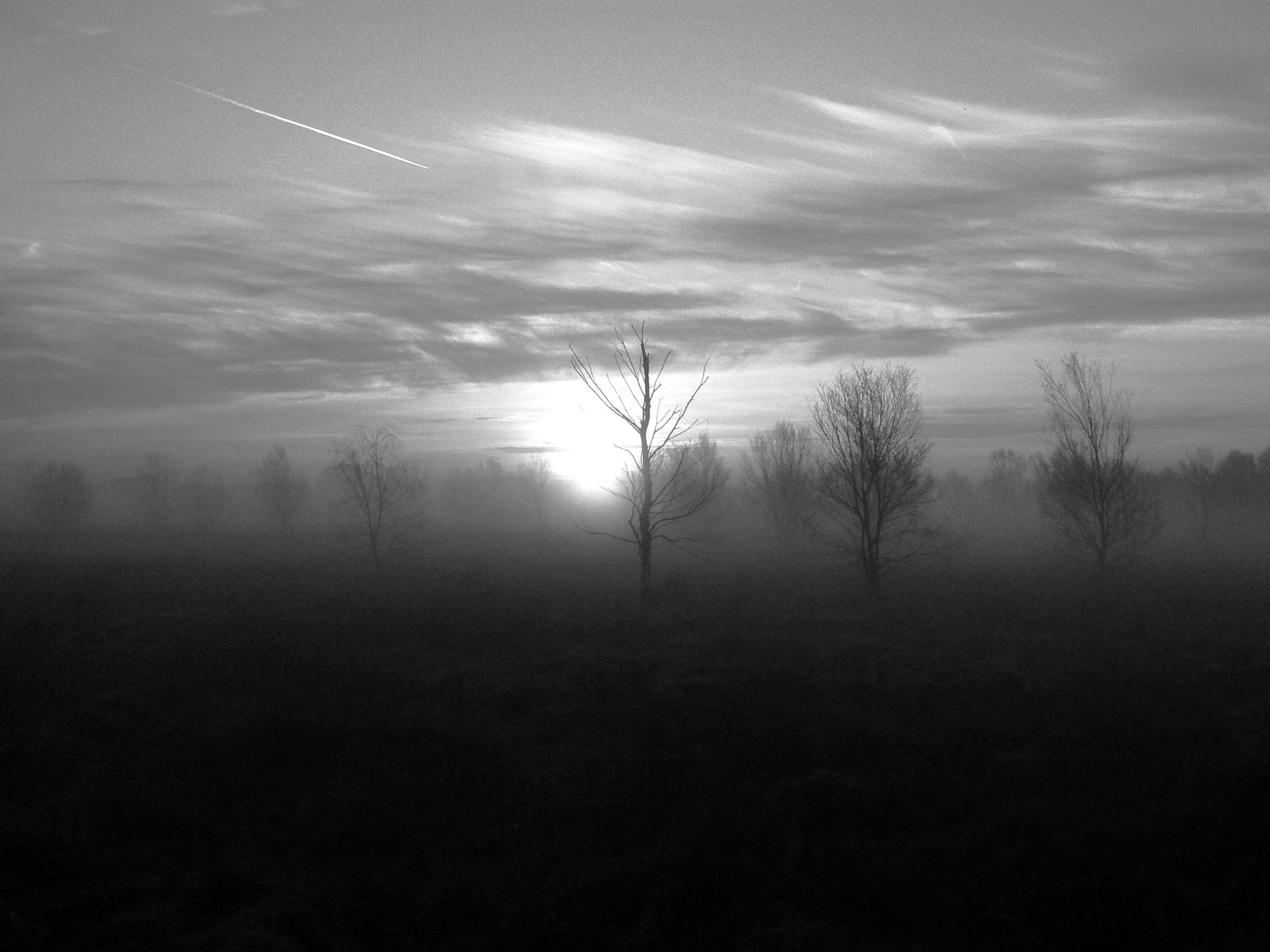
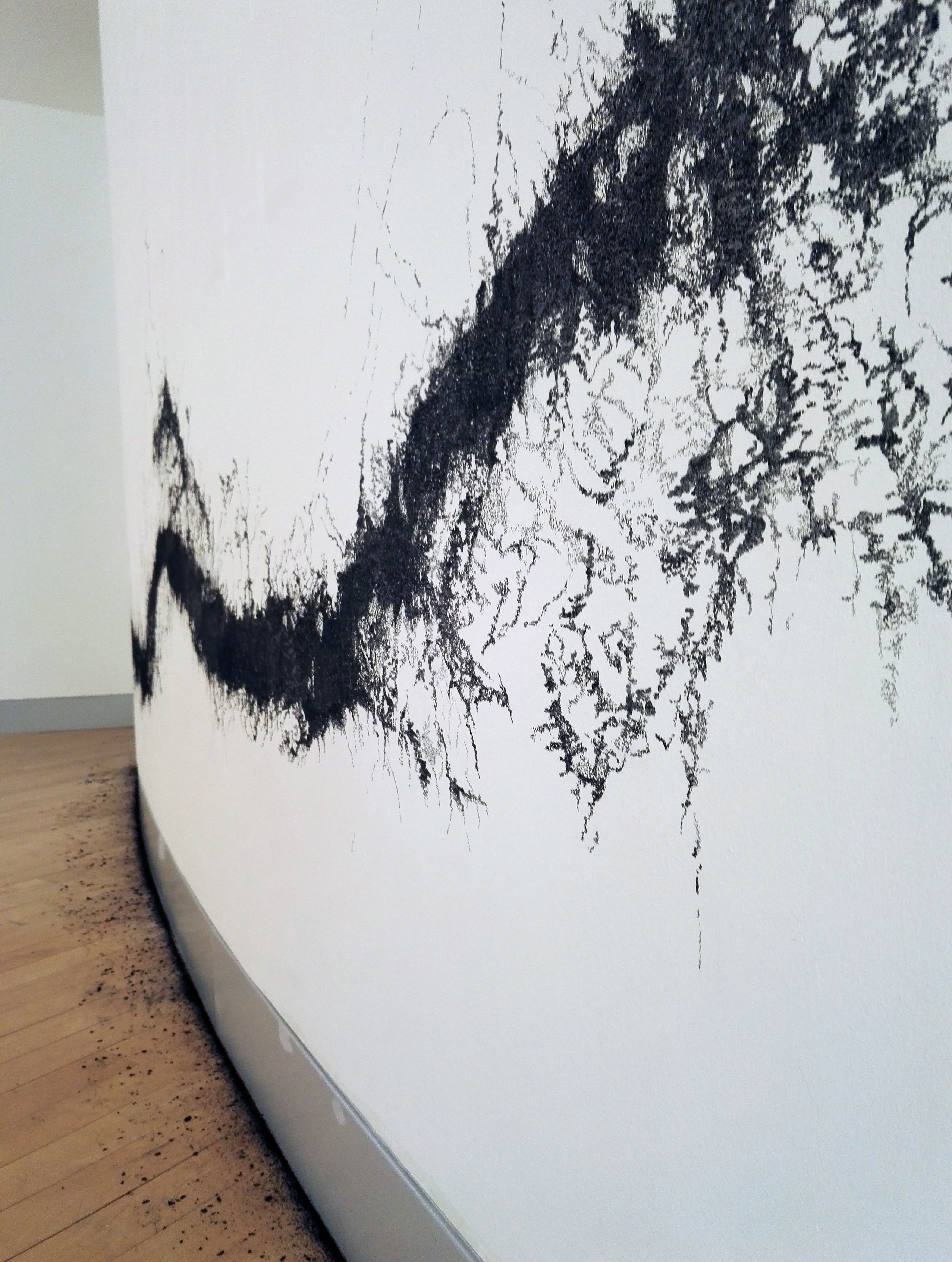

Talking Place:unfolding conversations
Talking Place: Unfolding Conversations is a collaborative exhibition between Tracy Hill, Monika Lukowska, Annette Nykiel, Sarah Robinson, and Jane Whelan that explores the significance of wetlands with particular focus on Lake Walyungup; a shallow, ephemeral salt-lake in the Rockingham area known by the local Noongar people as ‘the place where people talk’. Lake Walyungup is a seemingly forgotten, empty space in the midst of a growing urban community which offers shelter to migratory birds and wildlife. It has a deep history embedded in thrombolite remains, links with the Noongar community and various historical uses by the passing groups of settlers and armed forces.
The exhibition interweaves traditional techniques including drawing, bricolage, lithography, etching, and dry point with the digital technologies of drone videos, 3D prints, and Lidar survey scanning in a synthesis of techniques that expand the boundaries of contemporary print. Through multidisciplinary works and collaborative exploration, we aim to unfold our experience of place, its characteristics, atmosphere, meaning and significance.
Exhibition catalogue here:

Printmaking with Conductive Ink.
Hannah Fray and Javier Pereda
Printeractive, Design Lab, LJMU
www.printeractive.co.uk
Article published in Printmaking Today in response to the successful symposium held at LJMU.
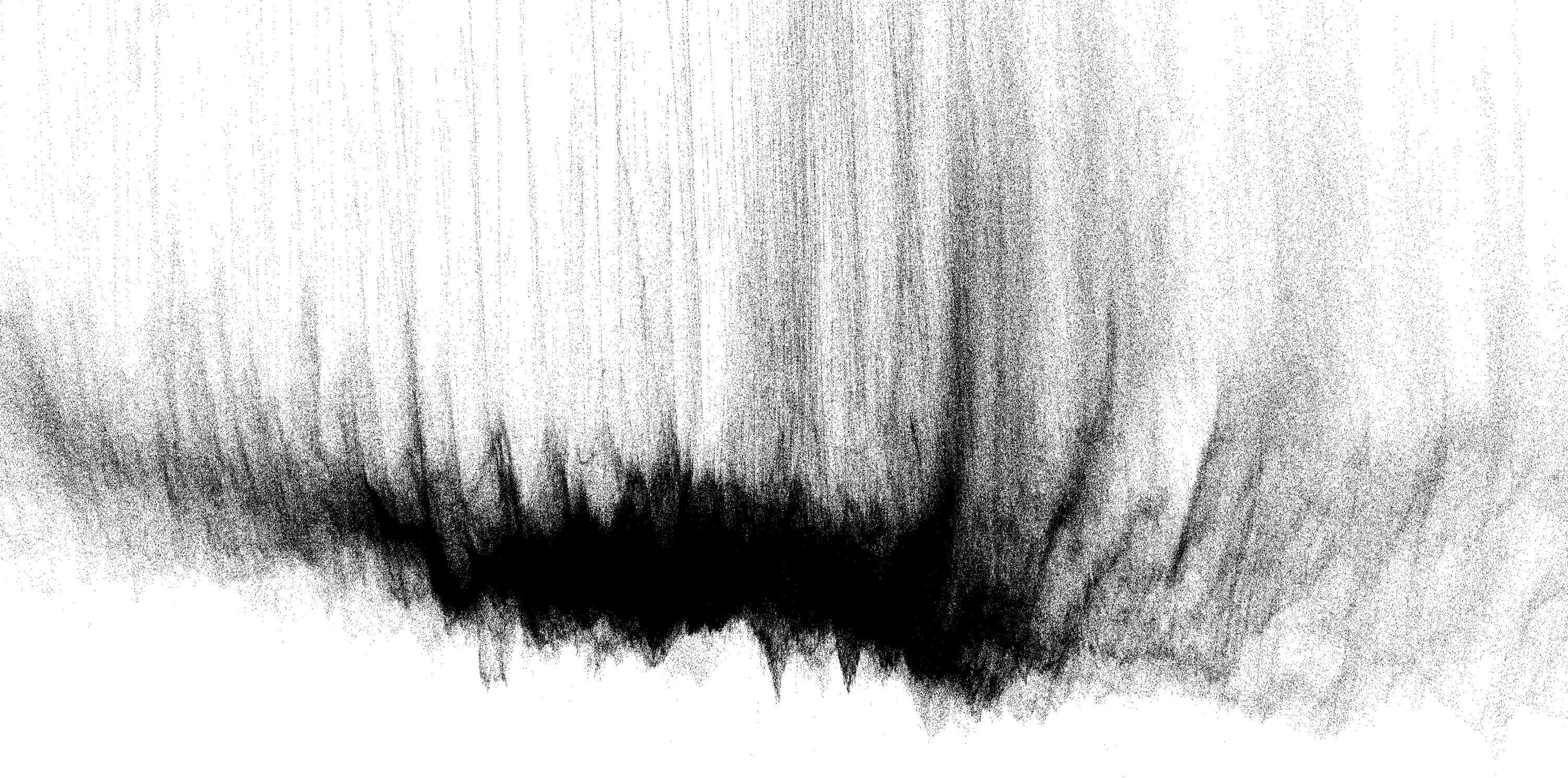
Non-Toxic Printmaking and Digital Methods. Grabado Y Edición / Print and Art Edition Magazine
Alternative acrylic processes featured in the Feb edition of g&e Print and Art edition magazine. Copy of article courtesy of Robinson, S. (2019, February). Non-Toxic Printmaking and Digital Methods. Grabado Y Edición / Print and Art Edition Magazine, 62, 56–68.

Polymer Photogravure:
A Step-by-Step Manual, Highlighting Artists and Their Creative Practice.
by Clay Harmon
Thrilled to have my work included in this three-part book on the non-toxic process of making ink-on-paper intaglio prints from continuous-tone photographs using water-etched photopolymer plates.
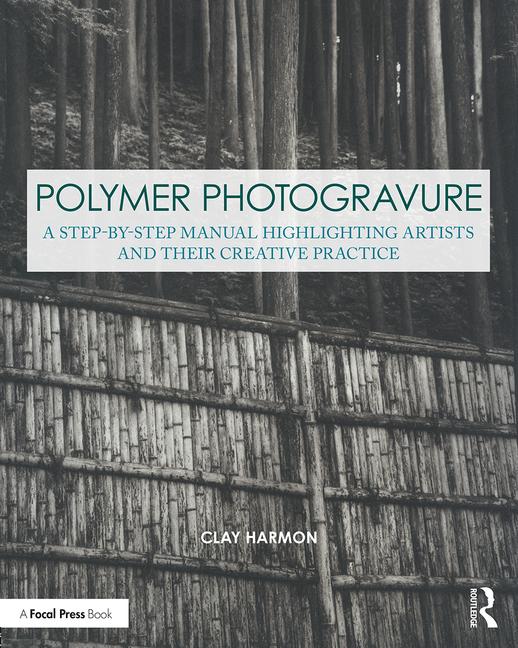




Airspace artist talks.
Visiting Artists Programme #5
AirSpace Curriculum is a programme of events, talks and workshops organised by AirSpace Gallery in partnership with Staffordshire University which recognises and responds to the need for continuing professional development for artists in Stoke-on-Trent and the West Midlands.
This part of the Curriculum offer is a series of artists’ talks, organised by Staffordshire University and usually available solely to students on their Fine Art BA Course, but now being opened up for any interested artists and members of the public to attend. This offer will be augmented by additional artist talks at AirSpace Gallery.
The programme offers an insight into the professional practices of a number of interesting and varied professional artists and arts practitioners.

First Edition Print symposium Cork 2017
http://www.corkprintmakers.ie/FIRST-EDITION
Symposium hosted by Cork Printmakers was held as part of the Midsummer festival 2017.
It explored Multiple Dimensions of print: Exploring print as expanded practice in contemporary visual culture.
25 international and national speakers contribute to the programme, plus a trail of 8 city centre exhibitions and other events.

Print Symposium Regional Print centre Wrexham 2017
The Print Symposium: Printmaking Residencies & International Projects
A one-day symposium led by artists and printmakers discussing their practice, residencies, and international projects.
http://www.regionalprintcentre.co.uk/gallery/print-symposium-2017/
Matrix of Movement – Exhibition and artist residency New South wales Australia review 2017
Research is focused on two main locations The Mersey Estuary in Liverpool and Hunter Estuary New South Wales. Exploring differences between northern and southern hemisphere cultures, the artists will investigate how ideas of navigation have a direct correlation to our understanding and relationship to landscape.
By reinterpreting the landscape experienced through walking journeys artworks and installations to show the transitory and unique properties of such landscapes. Informed from new viewpoints, which often exceed our own visual capabilities as humans the works seek to offer a reconnection and understanding of place through the direct experience of travelling on foot and hand made visual artwork.
http://imprint.org.au/reviews/navigating-peripheral-spaces-the-intangible-printed-mark/
Every Breath – online catalogue for international exhibition Australia 2017
https://issuu.com/andrewstyan/docs/every_breath_catalogue__final_
WETLAND LIMINAL SPACES OF THE MERSEY AND THE HUNTER 2017
In Certain Places presents an evening with artist Tracy Hill in conversation with In Certain Places curator Professor Charles Quick.
The evening will focus on Hill’s work over the last two years with different wetland sites – along the Mersey River in the UK and the Hunter River in Australia. Hill’s process of collecting data using digital mapping technology and presenting this as installations and hand-drawn imagery revealed interesting similarities between the two sites, allowing the viewer to experience these places in a unique way.
In particular, the conversation will explore Hill’s use of digital mapping technology within printmaking and the role of her work in the place where our digital and physical worlds overlap. It will also consider the importance of the liminal spaces she chooses to work with, which sit on the edge of urban conurbations, linking and connecting communities, marking borders and defining modern transport links.
http://incertainplaces.org/projects/tracy-hill-wetland-liminal-spaces-of-the-mersey-and-the-hunter/
CONTEMPORARY PRINTMAKERS FORUM
The Lock Up, Newcastle NSW Australia
2PM – 4PM SUNDAY 11 DECEMBER 2016
A special event exploring approaches to printmaking within contemporary art practice in conjunction with the exhibitions Every Breath at The Lock-Up and Common Ground at Curve Gallery.
Featuring guest artists UK based printmakers Tracy Hill, Jason Hicklin and Greg Fuller as well as Hunter based artists working across diverse printmaking practices. Presented in partnership with Curve Gallery and Newcastle Printmakers Workshop.
Keynote presentation by Tracy Hill, Jason Hicklin and Greg Fuller. The artists discuss how they push the boundaries of printmaking within their respective practices and their on going collaborative walking project.
Royal Geographic Society Annual Conference 2016 London
The aim of this session is to explore the different ways in which postgraduate researchers in Social and Cultural Geography are engaging with and attending to the manifold provocations posed by the concept of Nexus Thinking. ‘Nexus thinking’ is taken here to refer to the varying ways in which human geographers are working to consider the entanglements and interconnectivities between environmental and social domains. We are encouraging postgraduates to present a brief ‘snapshot’ of their work (whether a photograph, a quotation, a field diary entry, an image of an object, or mini-video clip) as a focus for 5-10 minute contributions that explore the ways in which their theoretical and/or methodological interventions expand or restrict the propensity for and the possibilities of nexus thought. It is envisaged that the snapshot will be the main artefact around which each contribution is orientated. We encourage participants to fully utilise their snapshots in ways, which further deepen and enrich the developing trajectories, tensions, and textures associated with the mobilisation of the Nexus Thinking.
The Boundary by Tracy Hill
Sensorium.
FARO article.
‘State of the art’ scanning 2015
Published article showcasing my practice and use of commercial mapping technologies.
Sensorium
https://issuu.com/tracyhill2/docs/final_pdf_sensorium_for_web
Sensorium, is the resulting body of work created during a 2 year MA in Fine Art, Site and Archive intervention at UCLan. Tracy Hill investigates the idea that our negotiation of data and reference points often brings with it a sense of dislocation and fragmentation and how identification with our senses enables a deeper awareness and understanding. By adopting commercial mapping technology and combining it with traditional handmade processes an aesthetic is reintroduced to the digital seeking to offer a re-imagined perspective of spaces which maybe we have forgotten to see.
Nordic Geographers Meeting 2015
Tallinn University
The Nordic Geographers Meeting (NGM) is an international geography conference held in every second year in one of the Nordic Countries and now, for the first time, in Estonia. The 6th Meeting will be held in Tallinn and Tartu on 15-19 June 2015. The conference has grown into a significant and multi-faceted arena for geographers to meet and discuss their research, as well as for fostering cross-disciplinary connections.
The conference theme for the 2015 meeting is Geographical Imagination: Interpretations of Nature, Art and Politics. Under this broad heading nearly forty sessions are listed on the conference website, covering a variety of more specific topics.
https://www.tlu.ee/en/NGM2015/Conference-information/Invitation
THE WASTE
University of Central Lancashire, United Kingdom, THill@uclan.ac.uk
As a visual artist I am utilising commercial modern mapping and measuring technology seeking to change our percepions and challenge our understanding of these spaces through my art practice. Data collected from 3d scanners creates large complex images, the information is multi layered, like the land it represents and can only be understood by the viewer considering sections from different viewpoints. By manipulating the technology and reinterpreting the data I am creating a series of art works which show the transitory properties of these landscapes. Quiet beautiful spaces with a sense of unease, unstable and precarious but now increasingly reclaimed and protected.
SNAP03 International printmaking conference 2015
Between 12 and 15 November 2015 the print association Druckvereinigung Bentlage e.V. will hold its third International Printmaking Symposium SNAP 2015 in cooperation with the cultural institution Kloster Bentlage gGmbH in Germany and the AKI ArtEZ Institute of the Arts in the Netherlands.
Tracy was invited to present the results of the ‘Permanent Print’ project as well as taking part in the ‘Statements’ exhibition at Kloster Bentlage.
Permanent Print
https://permanentprint.org.uk/
http://www.conf.dundee.ac.uk/impact8/people/biographies-2/tracy-hill/
Print and Refractory concrete:
New opportunities in scale, surface and durability.
In August 2013 my recent collaboration with ceramic researcher Dr Alasdair Bremner was presented at Impact 08.
The aim of the collaboration was to create large format 3D relief prints that retained a print quality, yet were rendered in a durable material. The presentation discussed the compromises and opportunities that developed from the cross-disciplinary activity.
Better Bite
http://nontoxicintaglio.tumblr.com/
This was a collaborative investigation into Acrylic based equating products by Tracy Hill and Emma Gregory who met at Wrexham Regional Print Centre in 2006.
Initially driven by changes in Health and Safety in university print workshops Tracy had already revised print practices at UCLAN to make for a safer working environment and minimise the use of toxic materials. At this time a great deal had been published about the harm attached to using traditional etching materials and potential health implications for artists working with traditional etching processes.
Meanwhile Emma was teaching traditional etching classes at Liverpool John Moores University, on behalf of the Bluecoat arts centre. The University had stepped in to accommodate the arts centre’s classes whilst it closed for redevelopment and refurbishment.
The etching studio at the Bluecoat had not been much altered since opening to the public in the mid 1960’s. Emma saw this was a strategic moment for change. In 2008 the Bluecoat’s doors reopened. Appointed Print Studio Manager, Emma rebuilt the workshop to house ‘safer’ etching practice.
Now they had a lot more in common: the Bluecoat and UClan print studios were supporting significant numbers of artists who had never etched or done any printmaking before alongside a few experienced etchers reluctant to abandon what they knew would work for something largely untried and tested. They met often to discuss the problems we encountered and find solutions together. This partnership led to the research investigation ‘Better Bite’.







